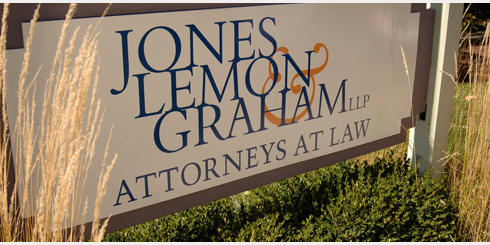by Christopher Graham and Joseph Kelly
Paul Hastings, LLP v. LA Pacific Center, Inc.
Law firm represented LA Pacific in $75 million commercial real estate transaction, which included a $5 million escrow holdback period of 12 months.
Before closing, LA Pacific got cold feet and informed law firm that it would only close if the holdback period was 60 months. The Seller purportedly agreed to a 60 month holdback, but only some of the documents at closing were revised to reflect the 60 month holdback (rather than 12 months). Law firm discovered the error and contacted the escrowee to replace the erroneous documents, but law firm didn’t inform LA Pacific or Seller.
After 12 months, Seller took the position that the holdback period expired and it was entitled to the $5 million holdback. LA Pacific disagreed. Seller filed suit for rescission based on fraud, cancellation of written instruments based on illegality, and conspiracy. Seller disagreed and protracted litigation resulted. Years later, LA Pacific prevailed.
LA Pacific subsequently filed suit against law firm for legal malpractice, breach of fiduciary duty, and breach of contract based on law firm’s error in having the wrong documents at closing and law firm’s error in not informing the parties of the subsequent correction to the documents. LA Pacific’s damages were having to litigate the underlying suit for years, its inability to sell the property, and substantial attorneys’ fees.
Law firm moved for summary judgment arguing that: (1) LA Pacific couldn’t establish causation because it prevailed in the underlying suit; and (2) LA Pacific shouldn’t recover punitive damages. Law firm’s motion was denied and law firm then appealed.
Appeals court affirmed the denial of summary judgment regarding causation but reversed regarding punitive damages.
Appeals court explained the causation standard for a transaction malpractice suit stating that the standard is the same as in a litigation malpractice claim — plaintiff must show that “but for” the malpractice, it’s more likely than not that it would’ve had a more favorable result. The trial court’s denial of summary judgment was correct because there was a triable issue of fact as to whether LA Pacific would’ve had a better result “but for” law firm’s alleged malpractice.
Law firm also argued LA Pacific was judicially estopped because LA Pacific argued in the underlying suit that Seller always intended to avoid the contract. The trial court rejected this argument as did the appellate court. The court found the positions taken by LA Pacific in the underlying suit and here weren’t totally inconsistent, and, thus, judicial estoppel didn’t apply.
Appeals court reversed the denial of summary judgment on punitive damages. Under California law, “punitive damages may be recovered “where it is proven by clear and convincing evidence that the defendant has been guilty of oppression, fraud, or malice . . . .”
“Malice” means “conduct which is intended by the defendant to cause injury to the plaintiff or despicable conduct which is carried on by the defendant with a willful and conscious disregard of the rights or safety of others.”
And “despicable conduct” means “having the character of outrage frequently associated with crime.”
Appeals court noted that “[a] breach of fiduciary duty alone, without malice, fraud or oppression, does not support an award of punitive damages” and “[p]unitive damages are proper only when the tortious conduct rises to levels of extreme indifference to the plaintiff’s rights, a level which decent citizens should not have to tolerate.”
Here, appeals court found that “[w]hile these acts might support L.A. Pacific’s claims of legal malpractice and breach of fiduciary duty, they do not rise to the level of extreme indifference to the client’s interests which would support an award of punitive damages.”
